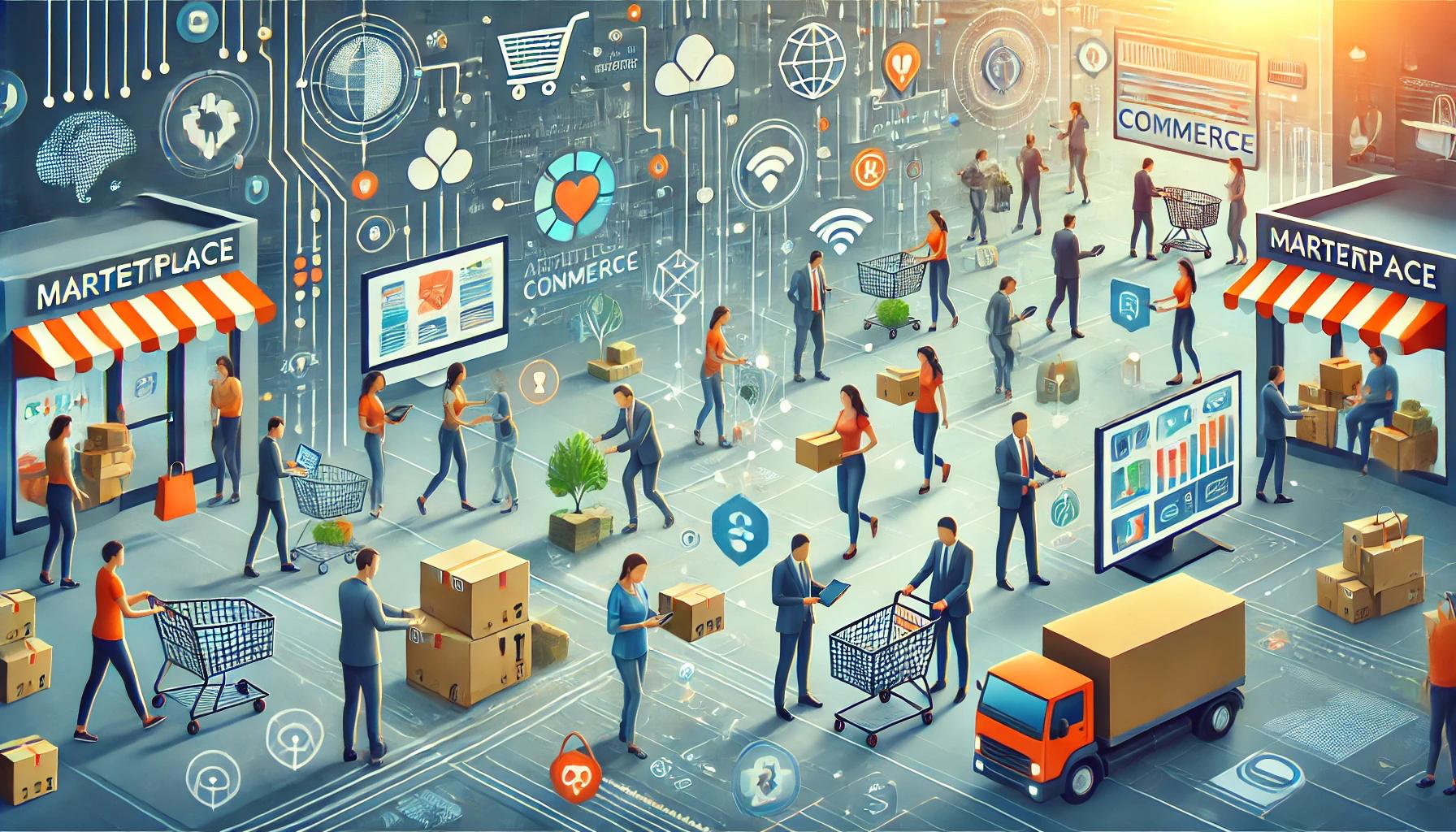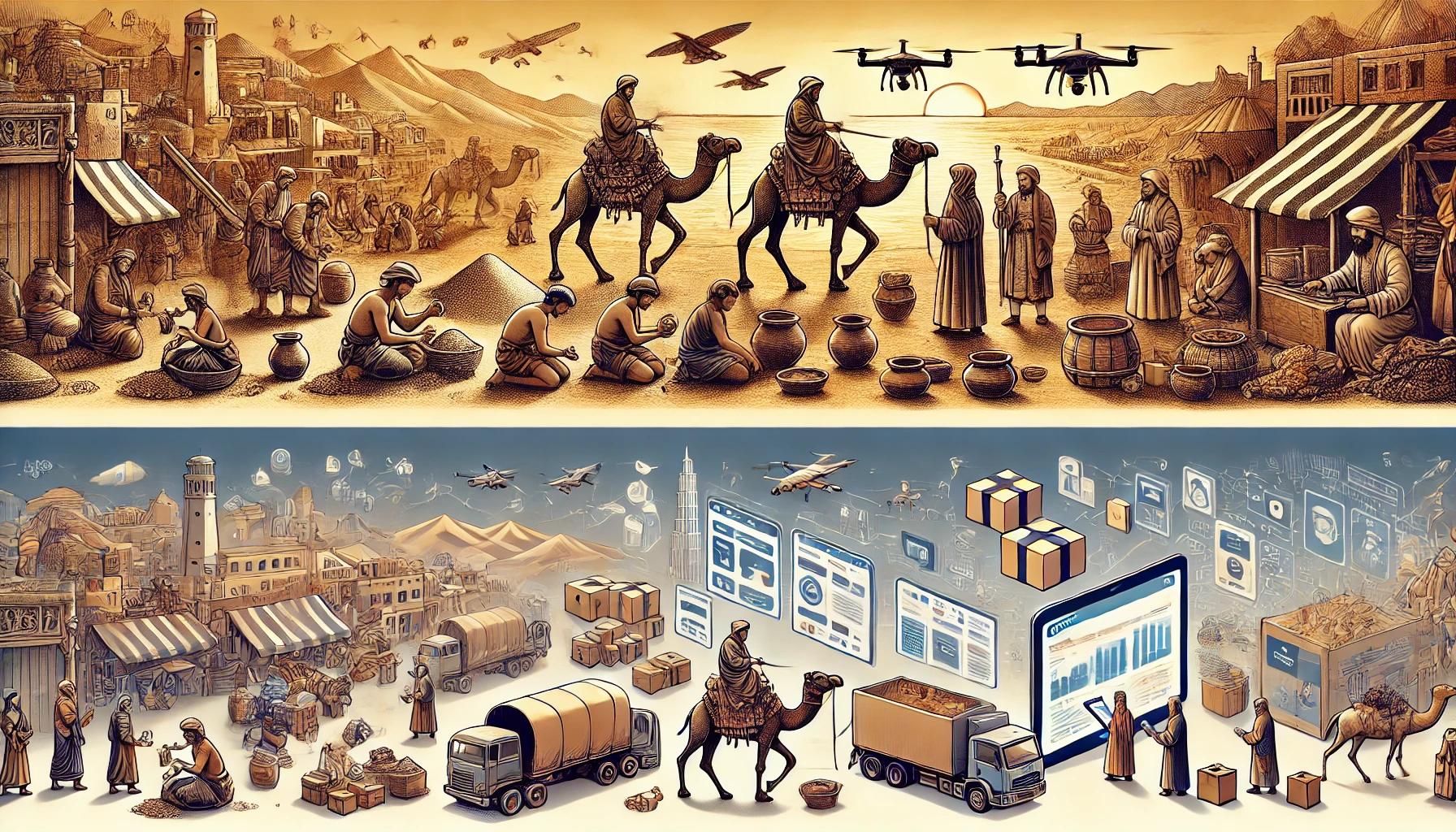Returns and Exchanges: How to Manage Customer Expectations and Streamline the Return Process
Returns and exchanges are an essential part of any retail business, especially in e-commerce. According to a study by Invesp, about 30% of all purchases made in online stores are returned. The return process can either become a competitive advantage or a weak point for a business. Effectively managing customer expectations throughout the return process is key to increasing customer loyalty and overall business success.
In this article, we’ll explore how to properly organize the return process and manage customer expectations at every stage.
Why Are Returns Important for Business?
First, it's important to understand that returns are an inevitable part of any retail operation, especially online. Customers may return products for a variety of reasons: incorrect size, not meeting expectations, product defects, or simply changing their minds.
Research shows that 92% of consumers are likely to buy again from a store with an easy and transparent return policy (Narvar). This means that an effective return system not only helps avoid negative reviews but also encourages repeat purchases.
How to Manage Customer Expectations
Managing expectations starts before the purchase is made. A clear and transparent return policy is crucial. Here are some key steps for effectively managing customer expectations:
1. Clear Return and Exchange Policy
The most important thing is to communicate all return conditions to the customer upfront. Your return policy should be easily accessible on your website, and the terms should be stated as clearly as possible. Include the following: - Return deadlines (e.g., 30 days from the date of purchase). - Return conditions (e.g., the product must be unused, in its original packaging). - The return process (e.g., how the customer can request a return: online form, mail-in process, etc.).
An example of a company that excels in this area is Zappos. Their return policy allows customers to return products for up to 365 days, which greatly increases customer trust and reduces barriers to purchasing.
2. Convenient Return Process
The easier it is for customers to initiate a return, the better for your business. Provide them with multiple return options: - Free return shipping. - The ability to exchange products for a new item. - Return request submission through your website, without the need to call customer service.
Studies show that 67% of customers check the return policy before making a purchase (UPS). Ensure your process is intuitive and convenient.
3. Automation and Process Transparency
Using automated return systems can significantly enhance the customer experience. Automated notifications about return status, processing requests via a personal account or mobile app can prevent misunderstandings and reduce the load on customer support.
Companies that implement such solutions show higher customer retention rates. According to Narvar, 95% of customers would make another purchase if the return process was transparent and convenient.
4. Clear Communication
Customers should always be informed about the status of their return. When a customer sends back an item, it’s essential to notify them of each step: when the package is received, when the return is processed, and when the refund will be issued. This reduces anxiety and builds trust with your brand.
It’s also helpful to provide customers with a timeline for their return. For example, let them know the return will be processed within 5–7 business days. This helps avoid disappointment and improves the overall experience.
How to Streamline the Return Process
Now let’s look at the operational aspects. To successfully manage returns, several important elements must be considered:
1. Return Logistics
Optimizing return logistics can save your company significant costs. This includes: - Partnering with logistics companies that offer solutions for managing reverse shipping. - Having a warehouse or partner locations to quickly process returns.
Companies like Amazon actively use return points and partner logistics services to speed up the process and make it more convenient for customers.
2. Evaluating Returns
Regularly analyze the reasons for returns. This will help not only improve product quality but also reduce the return rate in the future. For example, if customers frequently return items due to sizing issues, consider updating your sizing charts or providing more detailed photos and descriptions.
3. Loyalty Programs for Returns
Some companies offer loyalty programs where customers earn points for each return transaction, which can be used for future purchases. This encourages customers to stay with your brand, even if the product didn’t meet their expectations.
Conclusion
Returns and exchanges are a vital part of a successful business. A clear return policy, a convenient return process, and effective communication with customers will help not only maintain customer loyalty but also encourage repeat purchases.
Understanding the reasons for returns and working on improving the customer experience can also help minimize the number of returns in the future, which will positively impact your profits.
Sources:
- Invesp. Ecommerce Return Rate Statistics
.jpeg)



.jpeg)

